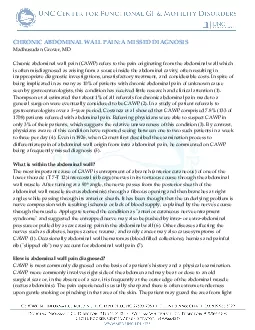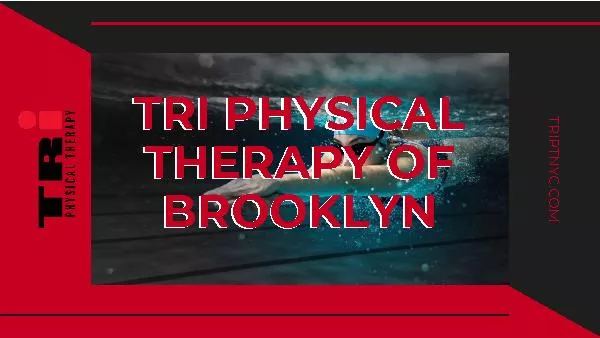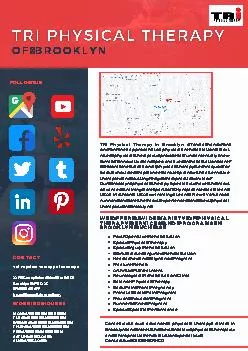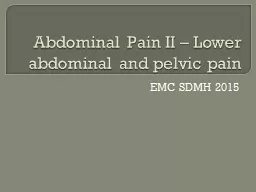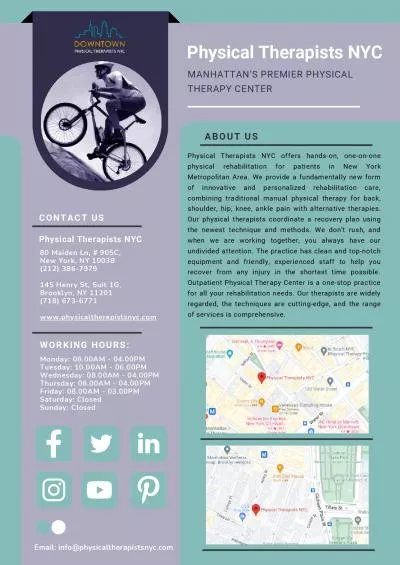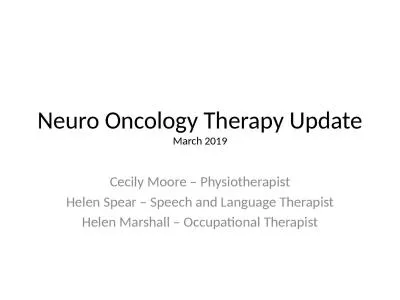PPT-Abdominal Differential Diagnosis in a Patient Referred to a Physical Therapy Clinic for
Author : eliza | Published Date : 2023-11-15
1 Leslie Rainey Patient History 67 yo Caucasian Male 18 m 510 and 921kg 202 lbs Occupation Retired from fulltime employment works parttime as a van driver
Presentation Embed Code
Download Presentation
Download Presentation The PPT/PDF document "Abdominal Differential Diagnosis in a Pa..." is the property of its rightful owner. Permission is granted to download and print the materials on this website for personal, non-commercial use only, and to display it on your personal computer provided you do not modify the materials and that you retain all copyright notices contained in the materials. By downloading content from our website, you accept the terms of this agreement.
Abdominal Differential Diagnosis in a Patient Referred to a Physical Therapy Clinic for: Transcript
Download Rules Of Document
"Abdominal Differential Diagnosis in a Patient Referred to a Physical Therapy Clinic for"The content belongs to its owner. You may download and print it for personal use, without modification, and keep all copyright notices. By downloading, you agree to these terms.
Related Documents

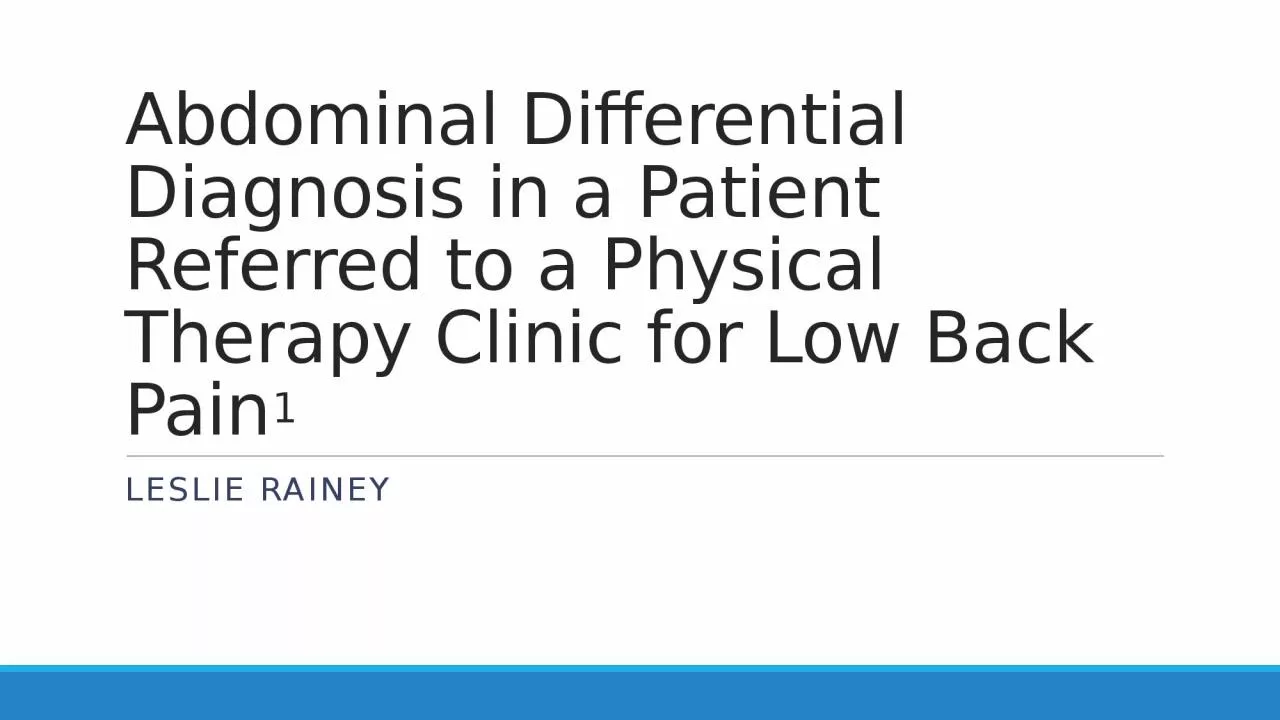
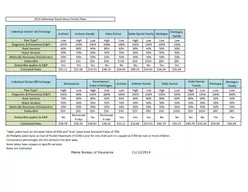
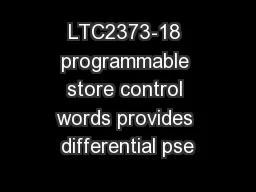
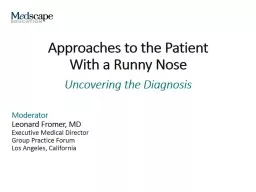
![[READ] Low Carb: Low Carb Weight Loss Secrets Box Set (Dash Diet, Slow Cooker Meals, Low](https://thumbs.docslides.com/881235/read-low-carb-low-carb-weight-loss-secrets-box-set-dash-diet-slow-cooker-meals-low-carb-cookbook-low-carb-recipes-low-car.jpg)
